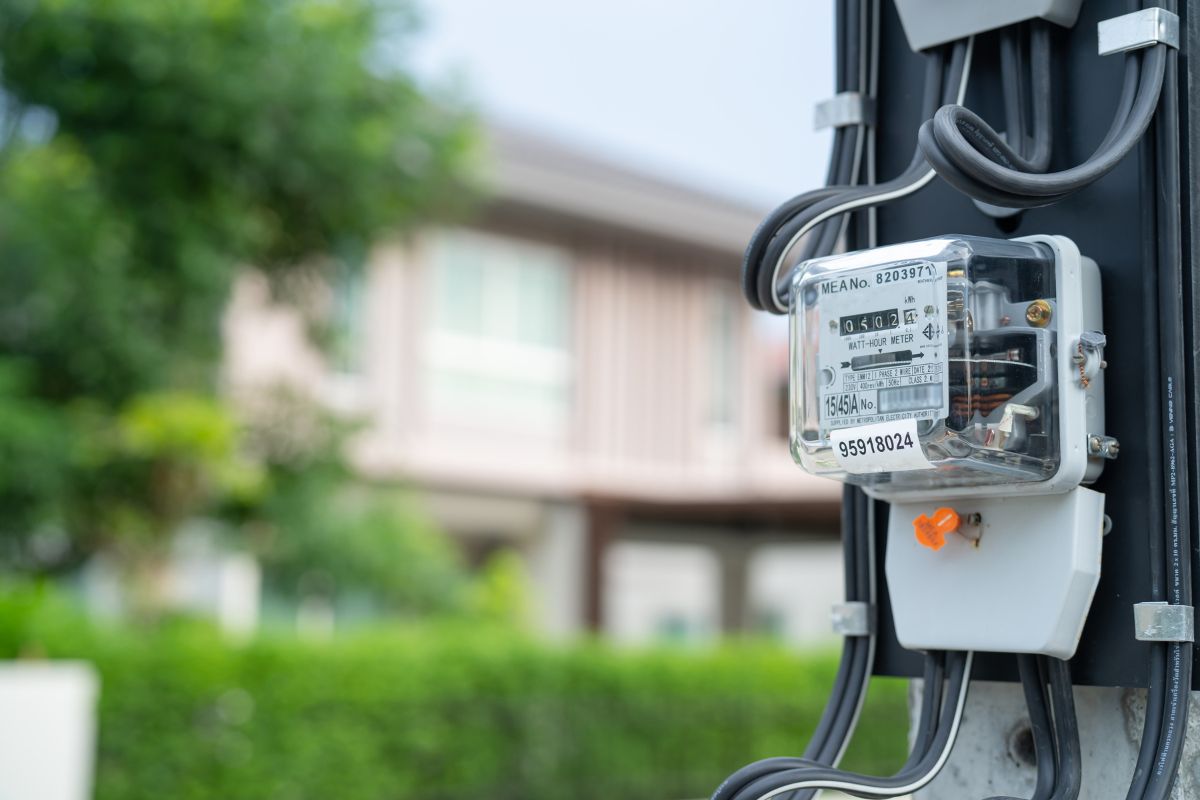What is Potentiometer
A potentiometer is a component used in electrical circuits that acts as a variable resistor. It is commonly employed as a dimmer for LED drivers, allowing for the control of LED brightness by adjusting the resistance. The potentiometer consists of a resistive element, a sliding contact (also known as a wiper), and three terminals. The resistive element is typically a long strip of material with a high resistance value, while the sliding contact can be moved along the strip, altering the amount of resistance in the circuit.
By adjusting the position of the sliding contact, the voltage or resistance can be changed, resulting in the variation of current flowing through the LED driver. This, in turn, affects the brightness of the connected LEDs, enabling the user to achieve desired lighting levels. The potentiometer acts as a voltage divider, allowing for precise control over the amount of current passing through the LED driver and facilitating dimming or brightening of the LEDs.
Get Inspired by Rayzeek Motion Sensor Portfolios.
Doesn't find what you want? Don't worry. There are always alternate ways to solve your problems. Maybe one of our portfolios can help.
Potentiometers are not exclusive to the lighting industry and find applications in various other fields. However, in the lighting industry, potentiometers are particularly useful for their role in controlling LED brightness and providing a means for color tuning.
Looking For Motion-Activated Energy-Saving Solutions?
Contact us for complete PIR motion sensors, motion-activated energy-saving products, motion sensor switches, and Occupancy/Vacancy commercial solutions.









